Growing berriesHow to grow your own strawberries, blackcurrants, redcurrants and raspberries. But they're none to cheap in the shops, so why not grow your own? And as it happens, autumn is the best time to plant your berries. Prof Walker shows us how... Planting Dig holes larger than the existing root system and insert the plants. Be sure the roots are not crowded or doubled under the plant. If container plants are used, be sure the roots of pot-bound plants are cut once or twice to allow better root spread and development. Place roots into hole and firmly pack soil around them. Fertiliser A general garden fertiliser, citrus fertiliser or rose fertiliser is best applied in spring. Pruning A very important part of growing your own berries is to prune your plants, and this process is different for every plant. Pruning is undertaken to control growth, define shape, create flowering/fruiting branches for the following season and probably most importantly to remove dead, damaged and diseased areas of a plant. Here's how to prune... Strawberries:
A good trick that Prof uses is to place the runners into a 40 litre bag of compost. By lying the plastic bag on its side and putting holes into the plastic, runners can be planted into the bag providing a very simple and effective way of growing your strawberries in a small space. Raspberries:
Raspberries should be allowed to produce long, unbranched canes rather than branched canes like the black and purple varieties. The new canes are, therefore, unpruned during their first season's growth. Remove old canes, leaving new ones 5cm apart. After the old canes die they should be removed as early as possible in order to remove sources of disease. Blackcurrants:
All types of currants are best pruned between late autumn and early spring when plants are dormant.
|
Home | Journal
| Newsletter | Conferences
Awards | Join
RNZIH | RNZIH Directory | Links
© 2000–2025 Royal New Zealand Institute of Horticulture
Last updated: June 2, 2004


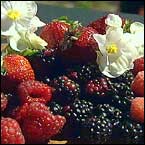 Berries are
one of the richest sources of vitamin C. In fact, dieticians tell
us we should try to eat a portion of berries every day to keep our
levels of infection-fighting antioxidants at a high level.
Berries are
one of the richest sources of vitamin C. In fact, dieticians tell
us we should try to eat a portion of berries every day to keep our
levels of infection-fighting antioxidants at a high level.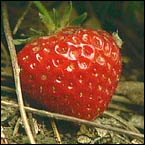 When strawberries
produce runners they then form individual roots which enables you
to have many separate plants from the one plant.
When strawberries
produce runners they then form individual roots which enables you
to have many separate plants from the one plant.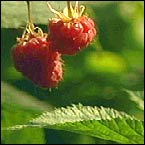 Raspberries
produce fruit on 2-year-old canes, which die after the crop has
matured.
Raspberries
produce fruit on 2-year-old canes, which die after the crop has
matured.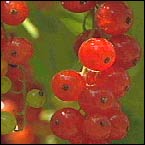 Redcurrants:
Redcurrants:
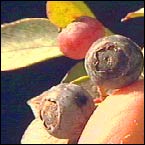 A thick
density of foliage and stems cuts down air circulation through the
bush creating ideal conditions for diseases such as mildew. Therefore
cut old wood out of the plant.
A thick
density of foliage and stems cuts down air circulation through the
bush creating ideal conditions for diseases such as mildew. Therefore
cut old wood out of the plant.